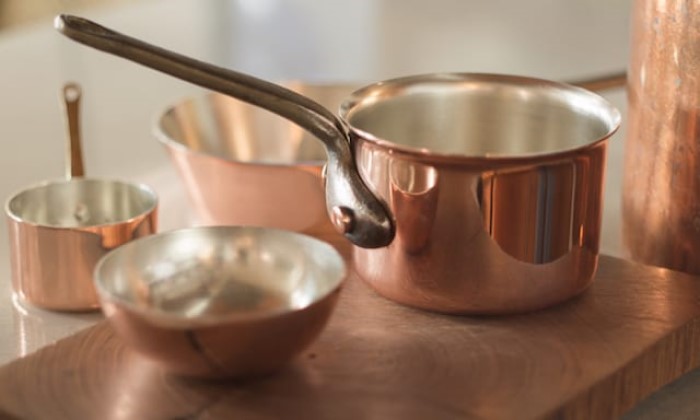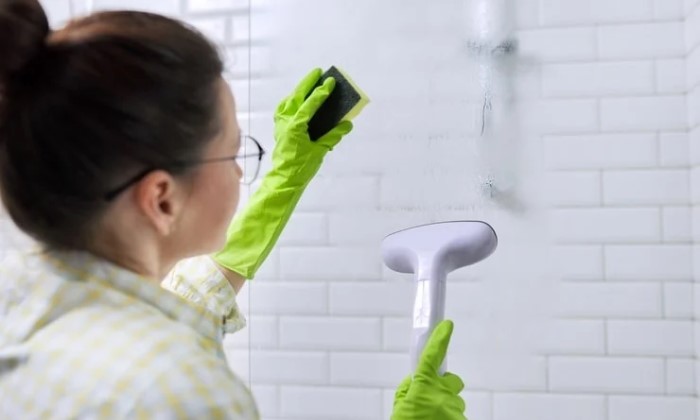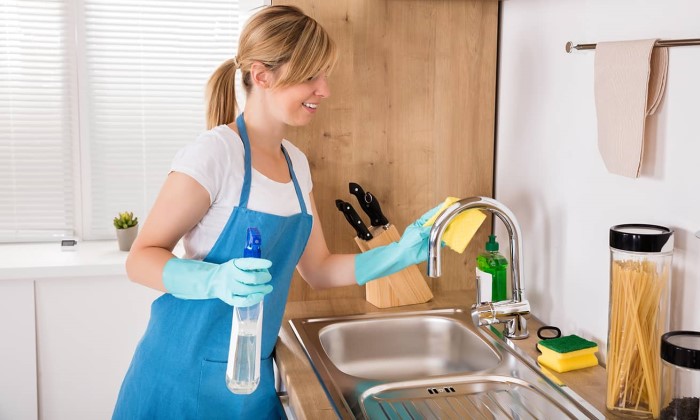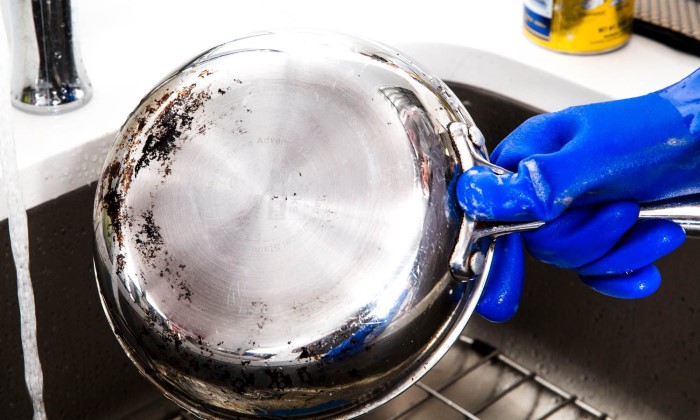
How to Remove Lacquer From Copper – Easy & Safe Guide
How to remove lacquer from copper without damaging it. Discover simple, safe methods to bring back copper’s natural glow at home.
How to Remove Lacquer From Copper (Without Damaging It)
Ever picked up an old copper piece and thought, “Why does this look dull and plastic-like?” 🧐
That’s probably lacquer doing its job—but maybe too well. Lacquer helps protect copper from tarnish. But over time, it can turn cloudy, peel, or ruin the copper’s natural beauty.
So what now?
You’re here to learn how to remove that old, stubborn lacquer—safely, easily, and without damaging the copper underneath. Let’s dive right into how you can bring your copper back to life!
🧪 What Is Lacquer and Why Is It on Copper?
Lacquer is a clear coating applied to copper to prevent it from oxidizing.
Oxidation turns copper green or brown over time. That might sound cool, but many people want that shiny, reddish-orange glow instead.
Why lacquer is used:
- Stops copper from tarnishing
- Keeps it shiny with low maintenance
- Protects it from air, water, and oils
But when lacquer starts aging or peeling, it looks messy and artificial. That’s when removal becomes a must.
⚠️ Why You Shouldn’t Just Start Scrubbing
Wait! Before you grab steel wool or harsh chemicals—pause. 🚫
Copper is soft. Abrasives can scratch, dent, or even strip the metal if you’re too aggressive.
Here’s what can go wrong:
- Deep scratches that never go away
- Dulling the surface beyond repair
- Uneven removal leaving patchy spots
The goal is gentle, even removal.
🧴 Most Common Lacquer Removal Methods
Let’s start with the basics.
There are a few tried-and-true methods that people use to remove lacquer from copper safely:
| Method | Description | Best For |
|---|---|---|
| Acetone | Dissolves lacquer easily | Jewelry, light coating |
| Lacquer Thinner | Stronger, faster results | Thicker coatings |
| Boiling Water & Baking Soda | Natural and safe | Light removal or prepping |
| Paint Stripper | Heavy-duty option | Thick, aged lacquer |
| Manual Sanding | High-risk | Use only on very tough jobs |
Use the right method based on how much lacquer you’re dealing with.
🧼 Method 1: Using Acetone (Nail Polish Remover)
This is the safest method for delicate copper items like jewelry or decorative pieces.
Steps:
- Pour acetone into a glass bowl.
- Dip a soft cloth or cotton ball in the acetone.
- Gently rub the lacquered area in circles.
- Repeat until lacquer lifts off.
- Rinse with warm water and dry.
💡 Tip: Work in a well-ventilated area to avoid inhaling fumes.
💪 Method 2: Lacquer Thinner for Tougher Jobs
When acetone isn’t cutting it, lacquer thinner steps in like a champ.
Steps:
- Wear gloves and safety glasses.
- Use a clean rag soaked in lacquer thinner.
- Rub it over the copper surface.
- Let it sit for 2–3 minutes.
- Wipe off softened lacquer.
- Rinse with warm soapy water.
⚠️ This is flammable stuff. Keep it away from heat or sparks.
🫧 Method 3: Boiling Water + Baking Soda Combo
Want something more natural and low-risk? Try this!
Steps:
- Fill a pot with water.
- Add 3 tablespoons of baking soda.
- Drop in the copper item.
- Boil for 15–20 minutes.
- Remove carefully and scrub with a soft brush.
🧽 This softens the lacquer so it’s easier to wipe away.
🧯 Method 4: Paint Stripper for Thick Lacquer Layers
This is your last resort method—but sometimes necessary for years-old lacquer.
Steps:
- Pick a stripper that’s copper-safe (no methylene chloride).
- Brush it on thickly.
- Let it sit for 10–15 minutes.
- Scrape gently with a plastic scraper.
- Rinse thoroughly and polish.
Always test on a small area first. Paint strippers are powerful, so be cautious.
📜 Quick Do’s and Don’ts
Here’s a quick cheat sheet to remember what’s safe—and what’s not:
| Do | Don’t |
|---|---|
| Use soft cloths | Use steel wool |
| Work outdoors | Work near flames |
| Rinse thoroughly | Leave chemical residue |
| Test first | Rush the process |
| Wear gloves | Touch with bare hands |
Think of copper like your skin—it reacts to everything you put on it. 🧴
🌿 Want a Natural Option? Try Lemon & Salt
If you’re not in a hurry, this eco-friendly trick might do the job.
Steps:
- Cut a lemon in half.
- Dip it in salt.
- Rub it on the copper surface.
- Let sit for 10–15 minutes.
- Rinse with warm water.
🍋 Lemon acid + salt grit = mild lacquer removal + shine booster.
🧹 What to Do After Removing the Lacquer
Okay, you’ve stripped the lacquer—now what?
Don’t leave your copper naked! It’ll tarnish fast.
Here’s what to do next:
- Rinse with mild soap and water
- Dry completely with a soft cloth
- Apply a thin coat of beeswax or mineral oil for protection
Or, if you want the copper to patina naturally, skip sealing it and let nature do its thing.
🪞How to Restore the Shine Without Damaging Copper
Copper looks best when it gleams—but polishing it wrong can wreck it.
Safe ways to polish:
- Use a homemade mix of vinegar, salt, and flour
- Try commercial copper polish (check ingredients)
- Always use soft microfiber cloths
Shiny copper feels like holding a little bit of sunshine. ✨
🧴 Should You Re-Lacquer Copper After Cleaning?
This depends on how you plan to use your copper.
Re-lacquering makes sense if:
- It’s an outdoor decoration
- You hate polishing it regularly
- You want that “new” look for longer
If you go this route, use a clear acrylic spray meant for metals.
Apply 2–3 thin layers, allowing each to dry completely.
🧊 How Humidity Affects Lacquered Copper
Humidity speeds up lacquer breakdown. Sticky summers? That lacquer’s going to start peeling faster. 🥵
Tips to fight this:
- Store copper indoors when possible
- Use silica gel packets in drawers
- Don’t touch copper with wet hands
Moisture + time = disaster for lacquer.
🔍 Common Mistakes to Avoid
Some people learn the hard way… but you don’t have to. Here’s what not to do:
- Using metal scrapers – they’ll gouge the copper
- Skipping ventilation – fumes build fast indoors
- Leaving chemicals on too long – can etch the surface
- Using wrong cleaners – anything ammonia-based is bad
- Not testing first – always do a patch test
Better safe than sorry. Your copper deserves it.
🛠️ How Often Should You Remove and Refinish Copper?
Honestly? As rarely as possible.
If you take care of it, once every 5–10 years is plenty.
Here’s a quick guide based on usage:
| Copper Item | Strip & Refinish Every… | Protection Type |
|---|---|---|
| Jewelry | 1–2 years | Wax or polish |
| Decor | 3–5 years | Lacquer |
| Outdoor Items | 2–3 years | UV-resistant lacquer |
| Cookware | Never lacquer | Season regularly |
Just like skincare—the better you maintain it, the less you have to fix.
🏁 Conclusion: Shine On, Copper Lover!
So now you know exactly how to remove lacquer from copper—safely, effectively, and without damaging it. Whether you’re restoring a family heirloom or updating some antique kitchenware, you’ve got options that work.
The key takeaways:
- Be gentle—copper is soft and scratches easily
- Choose the right method based on lacquer thickness
- Always protect the copper after cleaning
- Avoid shortcuts that cause permanent damage
Now, go give your copper that gorgeous glow it deserves! ✨
❓FAQs
How do I remove lacquer from copper at home?
Use acetone or baking soda with boiling water. Gently rub the surface. Always rinse and dry completely.
What is the safest lacquer remover for copper?
Acetone is the safest for light coatings. Lacquer thinner works better on thicker layers but needs caution.
Can I use vinegar to strip lacquer from copper?
Vinegar helps clean copper but won’t fully remove lacquer. Combine it with salt for mild polishing instead.
Should I polish copper after removing lacquer?
Yes, use a soft polish or homemade paste to restore shine. Avoid abrasives to prevent scratches.
Is it okay to leave copper unsealed after cleaning?
Yes, but it will tarnish naturally over time. Use wax or oil if you prefer a slow patina.



